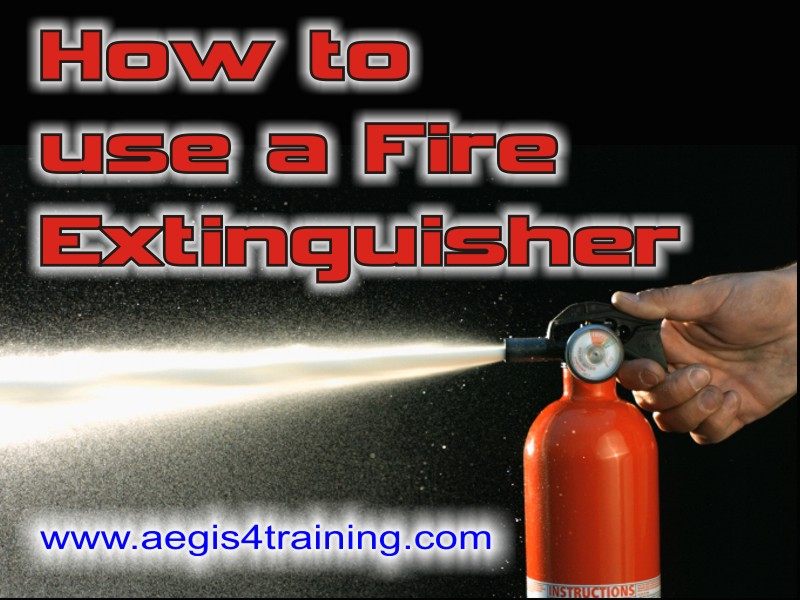
are small or have just begun. But did you know that the local authorities prohibits employees
from using this tool unless they’ve had training?
When the employer has provided portable fire extinguishers for employee use in the workplace,
the employer shall also provide an educational program to familiarize employees with the
general principles of fire extinguisher use and the hazards involved with incipient stage
firefighting.â€
In other words, workers must be trained to:
ï‚· Know when to use a portable fire extinguisher.
ï‚· Operate the fire extinguisher correctly.
Employer are required to provide this training when employees are first hired and annually
thereafter. Employers are also advised to establish a policy clarifying who is qualified to use fire
extinguishers, the situations when they can and should be used, and the proper procedures for
their use.
Responding to a Fire
Before trying to control a fire with a portable extinguisher, the worker who discovers the fire
should activate the alarm, enabling others to evacuate to a safe area, OSHA advised. The fire
department should be called at this time.
General procedures for responding to a small, incipient-stage fire are as follows:
ï‚· Identify a safe evacuation path before approaching the fire.
ï‚· Do not allow the fire, heat or smoke to come between you and your evacuation path.
ï‚· Use the PASS technique from a safe distance: PULL the pin; AIM low, pointing the
extinguisher nozzle at the base of the fire; SQUEEZE the handle, to release the
extinguishing agent; SWEEP from side to side at the base of the fire until it appears to be
out.
ï‚· Evacuate if the extinguisher runs out of fluid and the fire is not out.
ï‚· Evacuate if the fire progresses beyond the incipient stage.
If your facility has a sprinkler system, evacuate, letting the sprinklers run.
